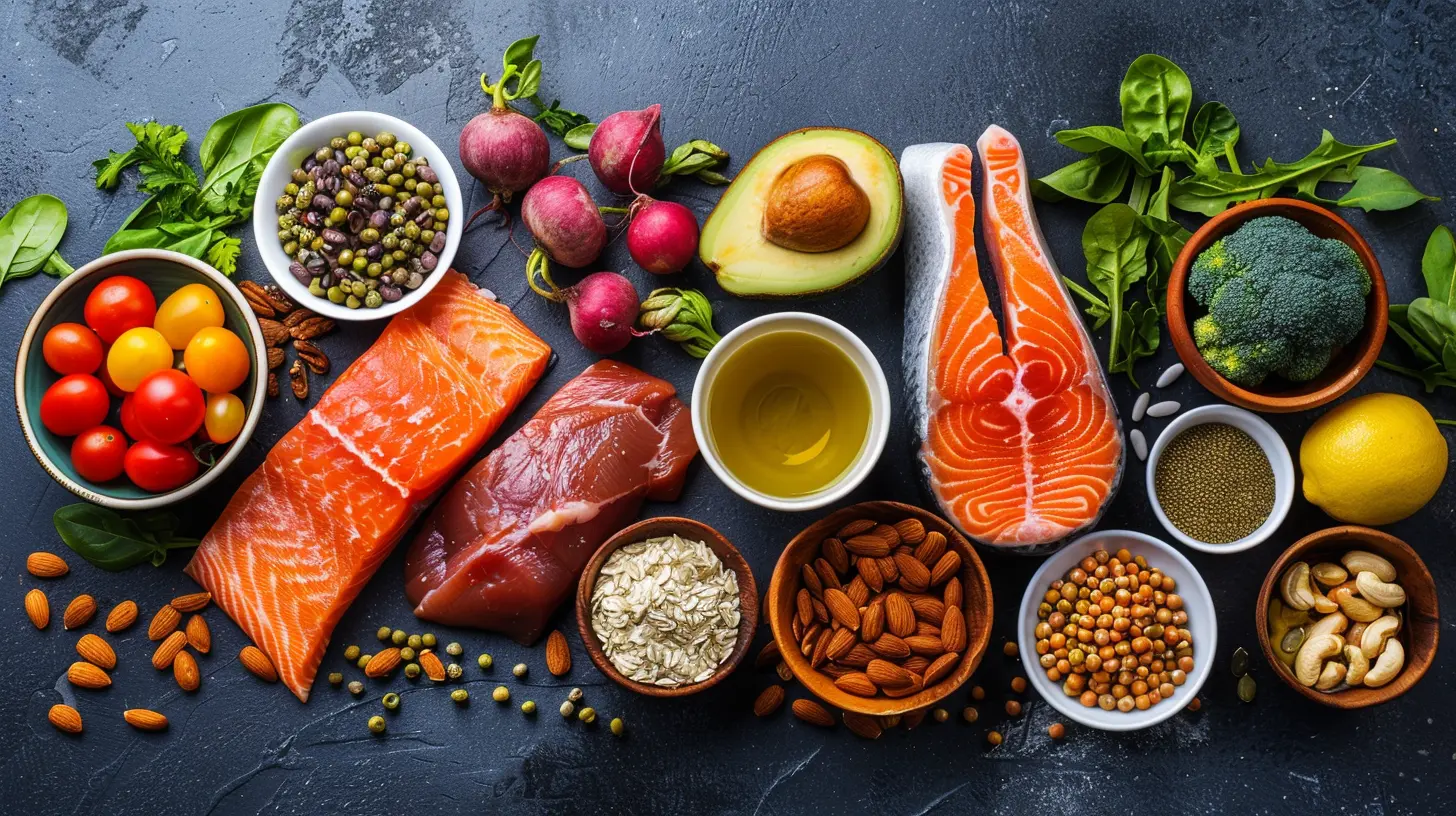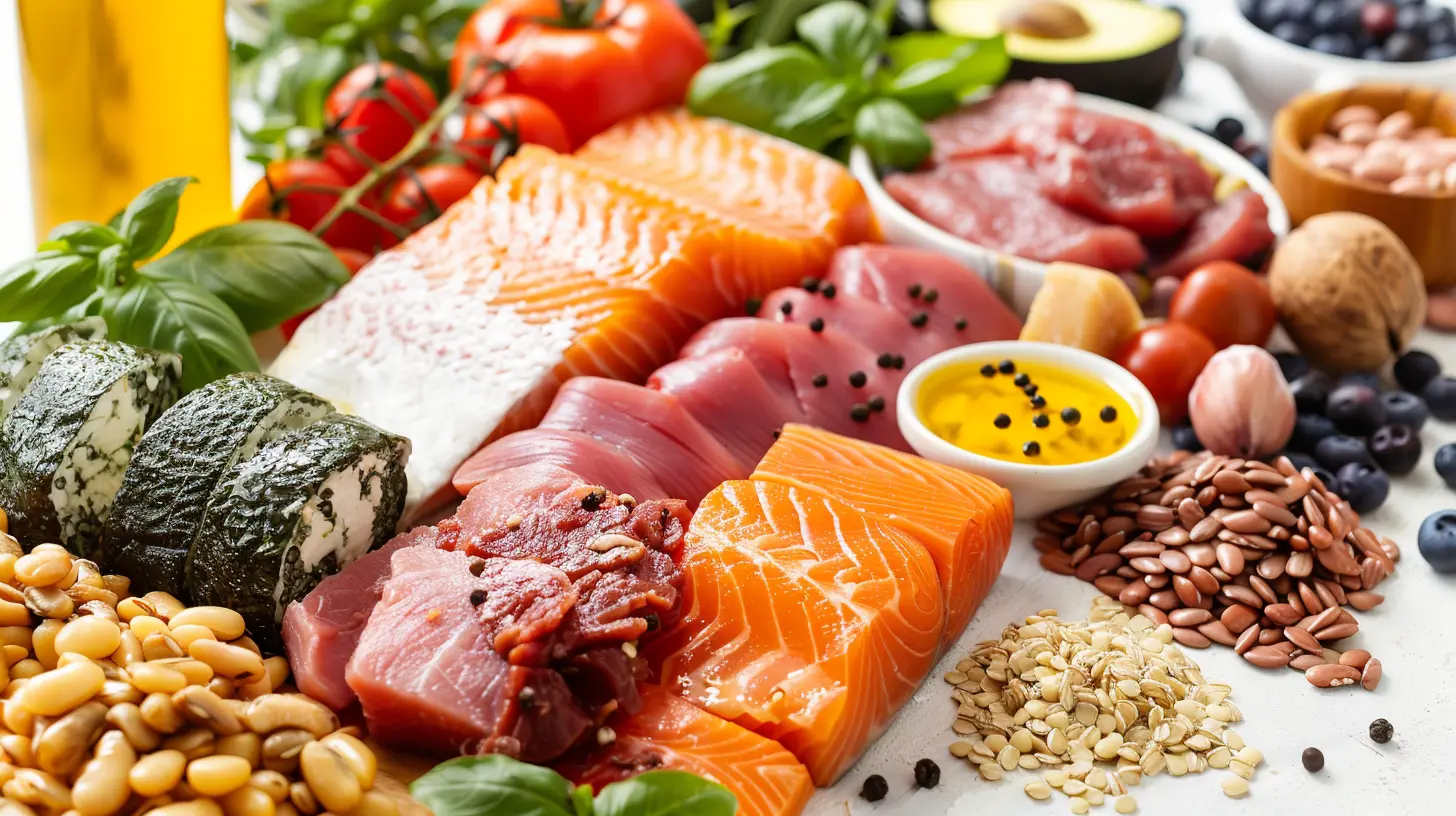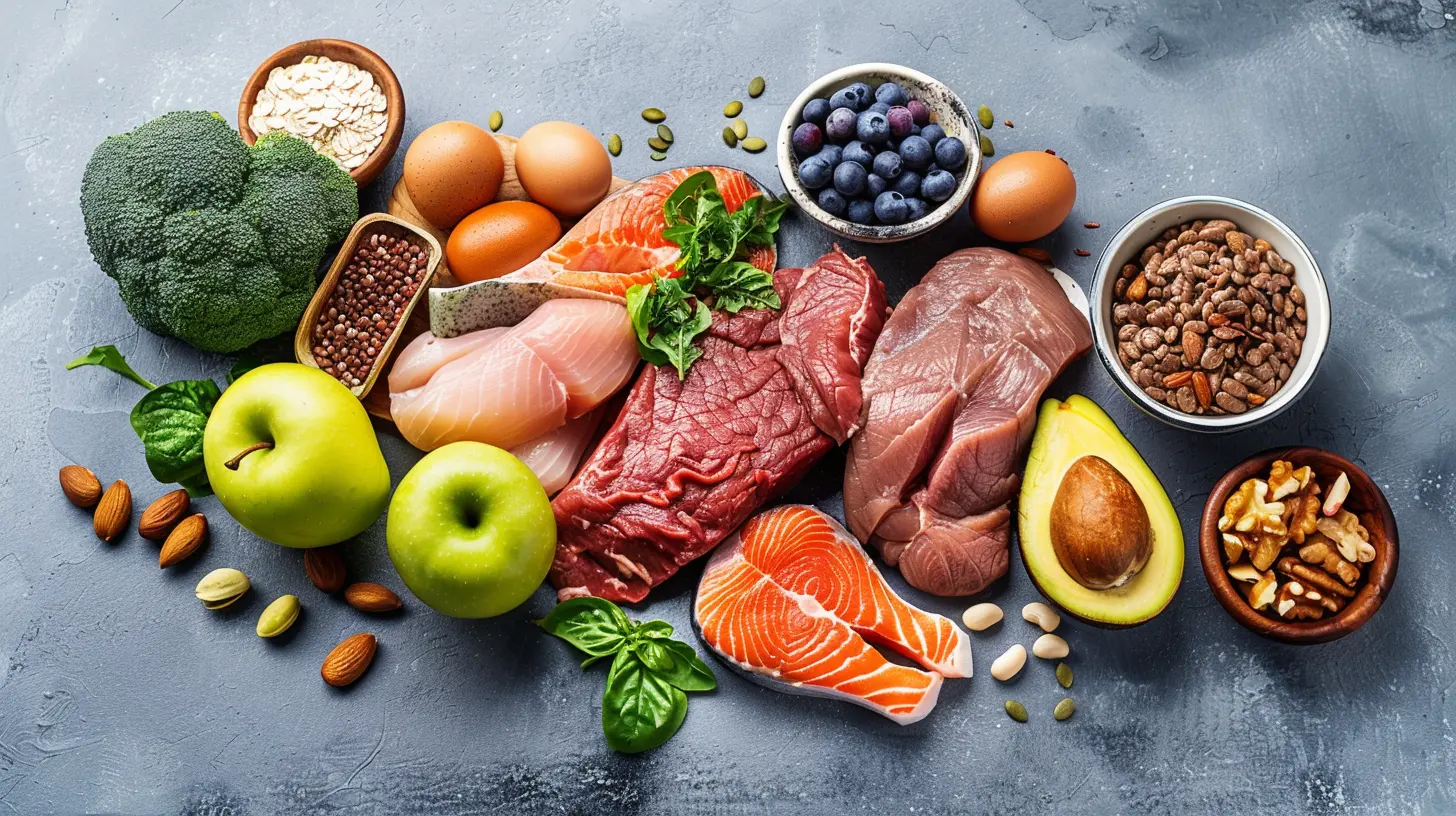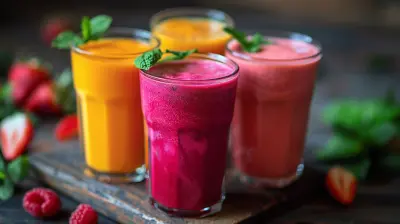Understanding Macronutrients: How to Balance Your Carbs, Fats, and Proteins
6 September 2025
Ever feel like nutrition is more confusing than it needs to be? One minute carbs are your best friend, the next you're told to run from bread like it’s the plague. Protein seems to be everyone’s favorite, while fats still suffer a bit of an image problem—even though they’re essential. The truth? It all comes down to understanding macronutrients and how to balance them in a way that supports your energy, goals, and overall health.
In this article, we're breaking it all down. No fluff. No jargon. Just real talk about carbs, fats, and proteins—what they do, why you need them, and how to keep them balanced in your day-to-day meals.
What Are Macronutrients Exactly?
Macronutrients, or “macros” if you’ve been hanging around the fitness crowd, are the three main nutrients your body needs in large amounts to thrive: carbohydrates, fats, and proteins.Think of them as the fuel that keeps your engine (aka your body) running. Each macro plays a different role, and your body needs a mix of all three to function properly—not just to survive, but to feel good doing it.
Why Should You Care About Balancing Macros?
Ever crashed after lunch? Or felt bloated after a “healthy” snack? That's probably a macro balance issue. Getting your macronutrients in the right proportions helps:- Stabilize your energy levels
- Control cravings
- Support muscle growth and fat loss
- Improve mood and brain function
- Reduce the risk of chronic diseases
In short, it’s not just about calories. It’s also about what those calories are made of.
Let’s Talk Carbs: Your Body’s Favorite Fuel
What Are Carbohydrates?
Carbohydrates are the body’s go-to source for energy. When you eat carbs, your body breaks them down into glucose (sugar), which powers everything from brain function to muscle movement.They’re found in foods like:
- Fruits
- Vegetables
- Bread and pasta
- Rice and grains
- Beans and legumes
- Sugary treats and sodas (the uninvited guests, usually)
Simple vs. Complex Carbs
Not all carbs are created equal. Some get digested fast and give you that quick spike in energy (and a crash later), while others get broken down slowly and keep you fueled longer.- Simple carbs: Think white bread, soda, candy. These are like lighting a match—quick flame, quick burnout.
- Complex carbs: Whole grains, veggies, legumes. These are more like slow-burning logs on a fire.
How Much Should You Eat?
Most experts recommend getting 45–65% of your daily calories from carbs. That may sound like a lot, but not if you're choosing the right kinds—veggies, whole grains, legumes, fruits—over processed sugars and refined grains.
Fats: Not the Enemy Anymore
What Is Fat’s Role?
Fat got a bad rap back in the low-fat diet days, but it's actually crucial. It supports hormone production, brain function, and helps your body absorb fat-soluble vitamins like A, D, E, and K. Plus, it helps you feel full and satisfied after a meal.Types of Fats: The Good, the Bad, and the Ugly
Let’s break them down:- Healthy fats (unsaturated fats): Found in avocados, olive oil, nuts, seeds, and fatty fish like salmon. These are your BFFs.
- Saturated fats: Found in red meat, butter, and cheese. Okay in moderation.
- Trans fats: Found in many processed and fried foods. Avoid them like the plague.
The Sweet Spot for Fat Intake
The general guideline is to get about 20–35% of your daily calories from fat. That could mean adding a drizzle of olive oil to your salad or snacking on a handful of almonds.Don't fear fat—just choose the right ones.
Protein: The Builder Macro
Why Protein Is So Important
Protein is the main building block of your body. Muscles, bones, skin, and even your immune system need protein to repair and grow.Think of protein as Lego blocks—you need enough of them to build and maintain everything your body needs.
Where to Get Your Protein
- Animal sources: Chicken, beef, fish, eggs, dairy- Plant sources: Lentils, chickpeas, tofu, tempeh, quinoa, nuts, seeds
Whether you're a meat-eater, vegetarian, or vegan, there are plenty of ways to get quality protein.
How Much Do You Need?
The Recommended Daily Allowance (RDA) is about 0.8 grams per kilogram of body weight for the average person. But if you’re active or looking to build muscle, you may need 1.2–2.0 grams per kilogram.For most people, 15–25% of total calories from protein is a solid target.
How to Balance Your Macros Like a Pro (Without Losing Your Mind)
Step 1: Know Your Goals
Are you looking to lose weight, gain muscle, or simply feel better and have more energy?Your macro needs will shift depending on your goal:
| Goal | Carb % | Protein % | Fat % |
|-----------------|--------|-----------|--------|
| Fat Loss | 30–40% | 30–40% | 20–30% |
| Muscle Gain | 40–60% | 25–35% | 15–25% |
| Maintenance | 45–55% | 20–30% | 20–30% |
Not everyone needs to obsessively track these (unless you're a bodybuilder or athlete), but having a ballpark idea helps you make smarter choices.
Step 2: Use the “Plate Method”
Not into tracking grams and percentages? Try this visual trick:- Half your plate: Veggies and fruits (mostly veggies)
- A quarter of your plate: Lean protein (chicken, tofu, fish)
- A quarter of your plate: Healthy carbs (brown rice, sweet potatoes)
- Add a small amount of healthy fat (avocado, olive oil, nuts)
Simple, right?
Step 3: Watch Out for Hidden Macros
Some foods sneak in extra macros you might not expect. For example:- Yogurt may be high in protein but also packed with sugar.
- Peanut butter has protein, yes, but it’s mostly fat.
- Protein bars? They’re often just glorified candy.
Check the labels and stay curious.
Common Macro Myths (Let’s Bust ‘Em)
Myth #1: Carbs Make You Fat
Nope. Overeating makes you fat, not carbs. Carbs are essential for energy, especially if you’re active. Just don’t load up on the processed junk.Myth #2: You Need Tons of Protein
More isn’t always better. Your body can only use so much protein at once. Overdoing it just puts extra strain on your kidneys and wallet.Myth #3: Fat Slows You Down
Wrong again. Healthy fats actually give you lasting energy and support brain health. They’re calorie-dense, though, so portion wisely.Sample Macro-Balanced Meals
Need inspiration? Here are a few go-to meals that strike the macro balance.Breakfast: Oatmeal Bowl
- Rolled oats (carbs)- Greek yogurt (protein)
- Chia seeds & almond butter (fat)
- Blueberries and banana (fiber and natural sugar)
Lunch: Grilled Chicken Salad
- Grilled chicken (protein)- Mixed greens, tomatoes, cucumbers (fiber and complex carbs)
- Quinoa or sweet potato on the side (carbs)
- Avocado and olive oil dressing (healthy fat)
Dinner: Stir-Fry
- Tofu or shrimp (protein)- Brown rice (carbs)
- Broccoli, bell peppers, carrots (fiber)
- Sesame oil or peanut sauce (fat)
Tips to Stick to Your Macros
1. Plan Ahead: Meal prep saves time and helps you avoid “hangry” decisions.2. Snack Smart: Keep balanced snacks on hand—protein bars, nuts, veggies with hummus.
3. Track Occasionally: Use apps like MyFitnessPal or Cronometer just to get a feel.
4. Stay Flexible: Don't overthink a cookie here and there. It’s the average that counts.
Final Thoughts
Balancing your macronutrients isn’t a punishment—it’s a power move for feeling your best. Once you understand what each macro does and how much you need, you’ll be able to fuel your body in a way that supports your health, fitness, and lifestyle goals.Remember, balance doesn't mean perfection. It means being intentional and aware of what goes on your plate most of the time.
So, next time you build a meal, ask yourself: “Where are my carbs, where’s my protein, and what kind of fat am I adding?” If you can answer that, you’re already on the right track.
all images in this post were generated using AI tools
Category:
Healthy EatingAuthor:

Arthur McKeever
Discussion
rate this article
1 comments
Naya Hurst
This article effectively demystifies macronutrients, emphasizing the importance of balance in carbs, fats, and proteins for optimal health and wellness. Well done!
September 20, 2025 at 3:27 AM

Arthur McKeever
Thank you for your kind words! I’m glad you found the article helpful in understanding the balance of macronutrients.


